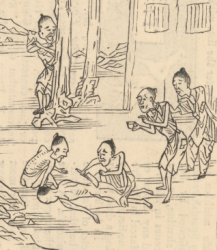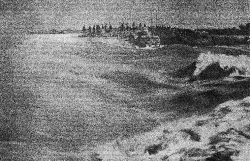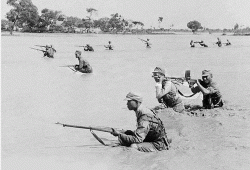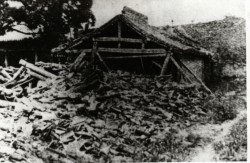Wenchuan earthquake, 2008

…Youth League (CYL) and so-called GONGOs such as the Chinese Red Cross sent supplies and search-and-rescue teams, and mobilized volunteers and funds through their national networks. A week after the…

…Youth League (CYL) and so-called GONGOs such as the Chinese Red Cross sent supplies and search-and-rescue teams, and mobilized volunteers and funds through their national networks. A week after the…

…quiz competitions”. China Media Project blog. May 12. <http://cmp.hku.hk/2009/05/12/1608/>. [Accessed January 27, 2016.] For example, Beichuan suffered from M 6.2 earthquake in 1958 and in 1976 quakes took place at…

…as possible keys to understanding why China fell behind the West during the nineteenth-century, and why late-Qing efforts to “modernize” come to naught. Historian Xia Mingfang, for example, asserts that…

…Asian and Arabian Monsoons that provide rainfall for North China and North Africa. (Davis, Late Victorian Holocausts). [10] Jeffrey Snyder-Reinke, Dry Spells: State Rainmaking and Local Governance in Late Imperial…

…chapter 6; Andrea Janku, “The North-China Famine of 1876-1879: Performance and Impact of a Non-Event,” 2001 online publication. [19] Henrietta Harrison,“Newspapers and Nationalism in Rural China, 1890-1929,” Past and Present…

…and Connecticut combined. The Yangzi and Huai were the most seriously affected rivers, with devastating flooding also affecting the Yellow River and Grand Canal. The core flood zone comprised the…

…the river to attain objectives, undertaking projects to channel and redirect its flow to fortify their positions and deploy it against their enemies. To carry out wartime hydraulic engineering projects,…

…in provinces such as Hunan and Jilin, and from the central government’s relief bureau in Beijing.[11] Later in winter, foreign missionaries in Gansu joined efforts to reconstruct communities, re-open communication…